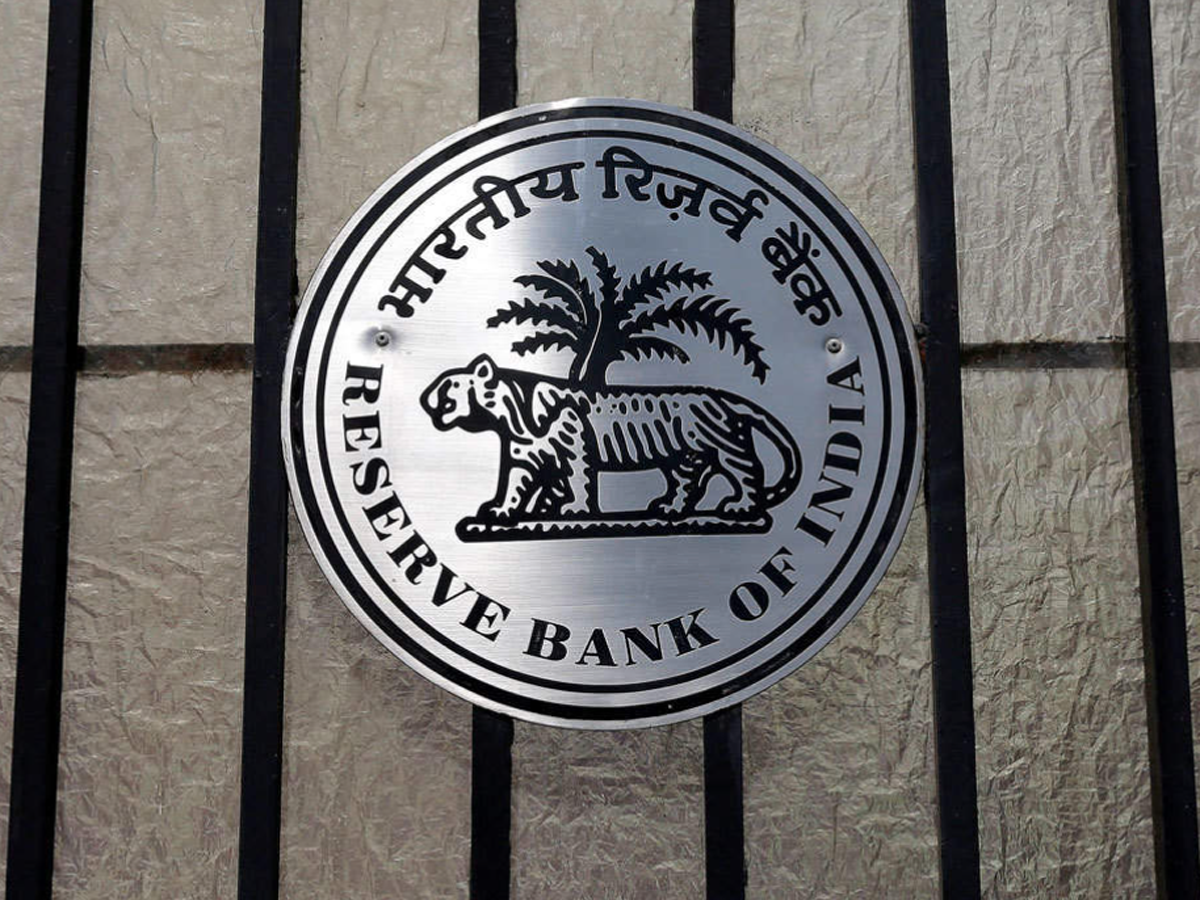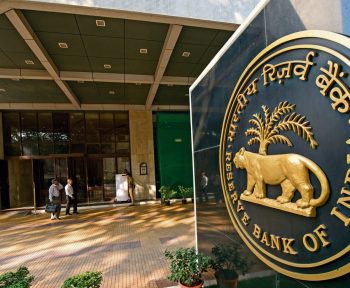The Reserve Bank of India (RBI) has released its annual report, revealing a robust 12.2% growth in the Indian banking industry for the fiscal year 2022-2023. This growth has been fueled by increased lending to retail consumers and the services sector. Notably, the banking sector has sustained its cleanup efforts for the fifth consecutive year, resulting in a decline in gross bad loans and an improvement in net interest margins—indicative of enhanced profitability. The regulatory capital requirements for all banks stand at a healthy 16.8% as of September.
Despite this success, the RBI emphasizes the need for banks to enhance customer service beyond monitoring turnaround time, with a focus on technology-driven improvements, and to focus on the quality of grievance redressal, advocating greater empathy in their services, products, and operations.
Additionally, the report highlights the ongoing review of non-fund-based facilities provided by banks, such as guarantees and letters of credit, as integral to economic growth and development and acknowledges the positive impact of lower slippages on asset quality, resulting in a 10-year low in the gross bad loans to total advances ratio.
The report also provides insights into the banking sector’s successful recovery from challenges posed by bad loans, indicating a reduction in gross bad loans to 3.2% of advances from previously recorded double-digit figures. The current surge in loans is mainly propelled by retail loans, prompting the central bank to introduce prudential measures. These measures include increased capital requirements for specific unsecured loans as a precautionary step.
To address potential risk build-ups, the Reserve Bank of India (RBI) is actively regulating non-fund-based activities. The RBI acknowledges the crucial role of guarantees, letters of credit, and co-acceptances in facilitating domestic and international trade. Emphasizing the need for a balanced approach, the central bank underscores the significance of maintaining equilibrium between prudential measures and customer-centric strategies to ensure overall financial stability.





